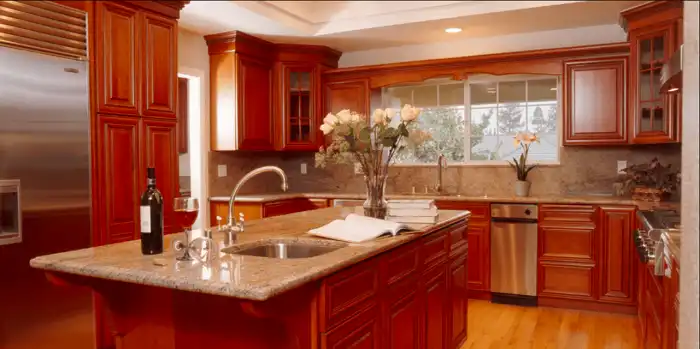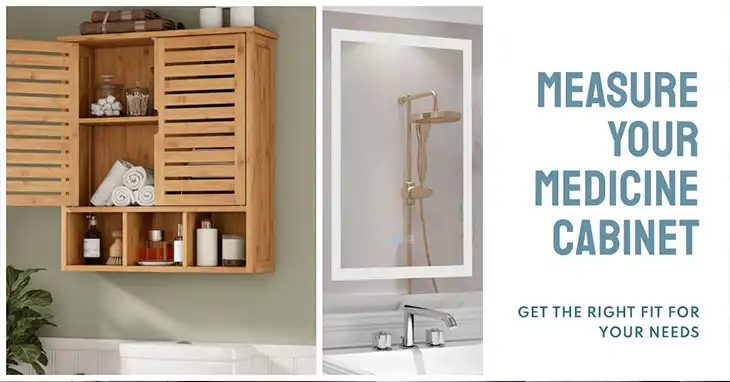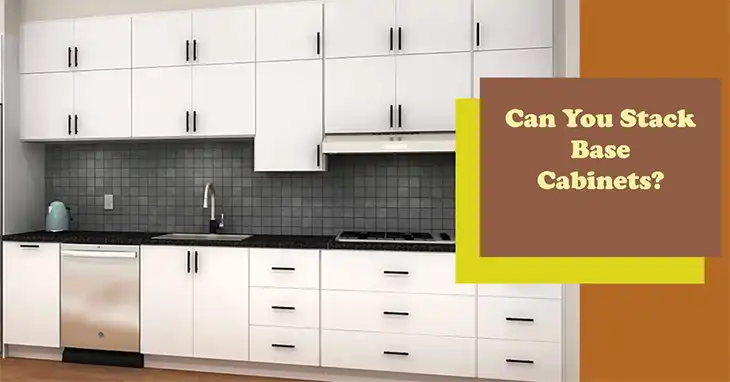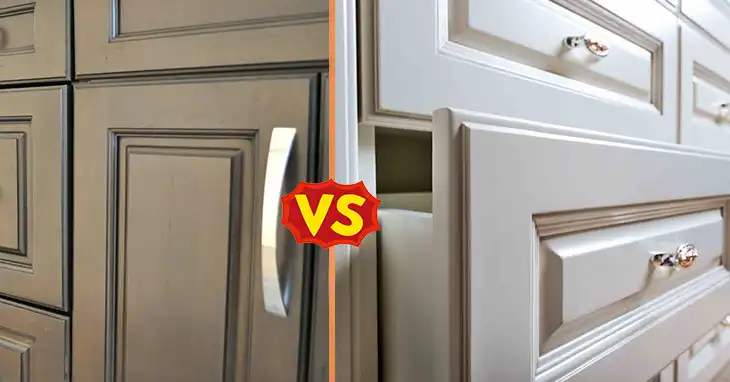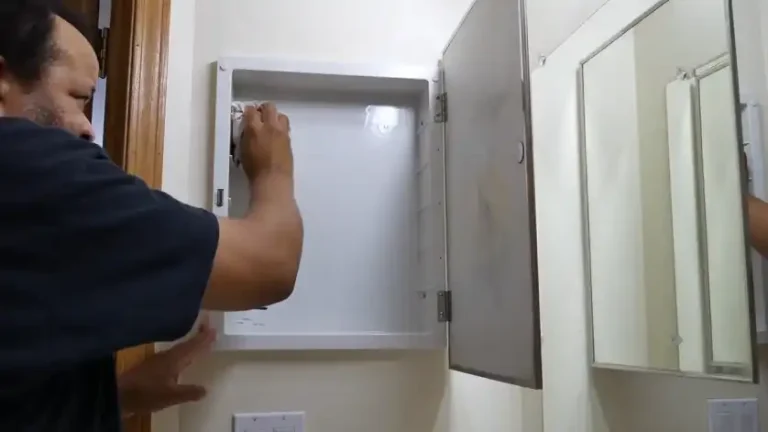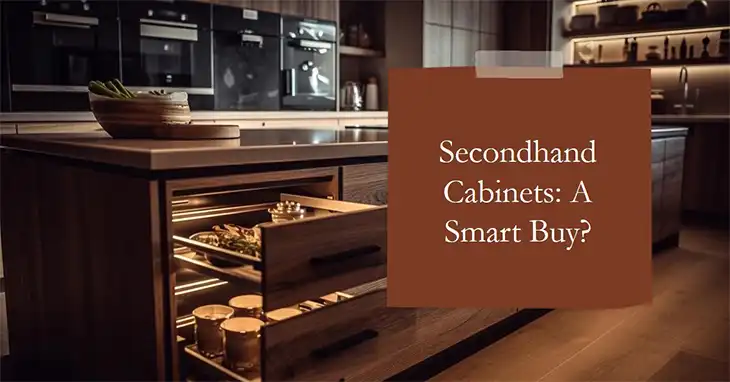Can You Stain Particle Board Cabinets?
Staining particle board cabinets is possible, but it comes with a few challenges due to the nature of the material. Particle board is made from wood chips, sawdust, and resin, which are pressed together to form sheets. Unlike solid wood, its porous, uneven surface can make the staining process a bit tricky.
However, with the right preparation and techniques, you can achieve a decent finish. Here’s how you can approach staining particle board cabinets effectively.
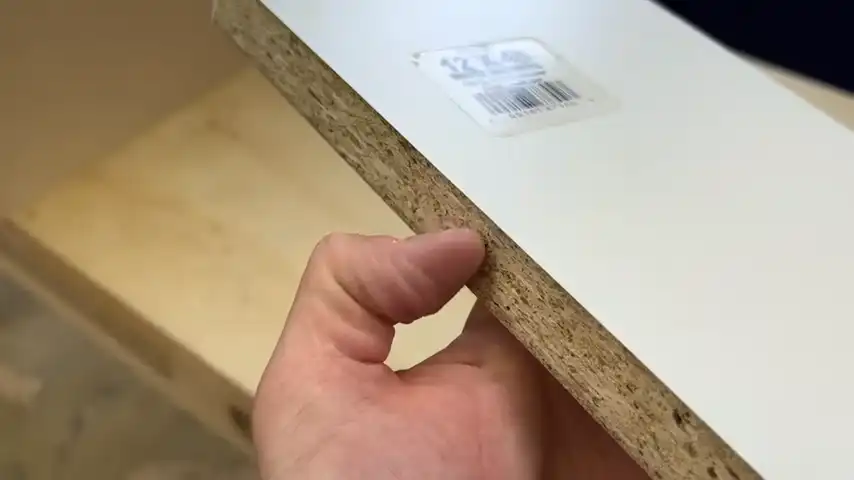
Does Stain Work on Particle Board?
Particle board typically comes with a veneer or laminate coating, especially in cabinets. This coating is often smooth and glossy, designed to protect the board and give it an appealing finish.
However, this smooth surface is not absorbent and won’t take stain well. The underlying material, particle board itself, is highly absorbent but rough and uneven. Staining directly onto raw particle board without preparation will result in an inconsistent and blotchy finish.
Choosing the Right Stain
For particle board cabinets, a gel stain is often the best option. Gel stains are thicker than traditional liquid stains, which helps them sit on the surface rather than soaking into the uneven particle board. This gives you better control over the application and helps prevent blotchiness.
You can also opt for a traditional wood stain, but it may require multiple coats to achieve an even look. Test the stain on a small, inconspicuous area first to ensure it works well with your cabinets.
How to Stain Particle Board Cabinets?
Staining particle board cabinets requires you to follow the method below carefully.
Step 1: Preparing the Surface for Staining
Before attempting to stain your cabinets, you need to ensure the surface is suitable for absorbing the stain. If the cabinets are covered with a laminate or veneer, you’ll need to sand down this surface. Start by removing any hardware from the cabinets and doors, then follow these steps:
- Sanding the Surface: Use a fine-grit sandpaper (around 180 to 220 grit) to gently sand the surface. This will help roughen up any laminate or veneer and expose the more absorbent particle board underneath. Be careful not to sand too aggressively, as particle board is soft and can easily get damaged.
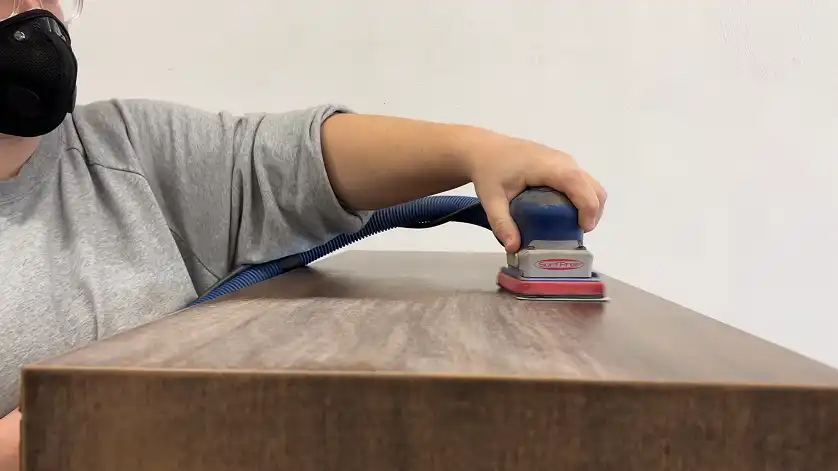
- Cleaning the Surface: After sanding, clean the surface thoroughly. Wipe it down with a damp cloth or tack cloth to remove all dust and debris. Any residue left on the surface can interfere with the stain absorption, leading to uneven results.
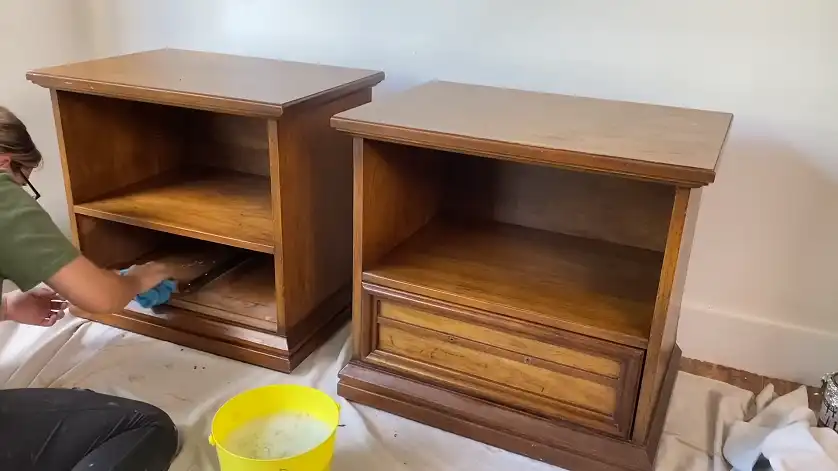
Step 2: Applying the Stain
Applying stain to particle board cabinets is similar to staining wood, but it requires more care:
- First Coat: Use a foam brush or cloth to apply the stain evenly in smooth strokes. Make sure to cover the entire surface, but avoid applying too much stain at once. With particle board, it’s better to apply thin, even coats.
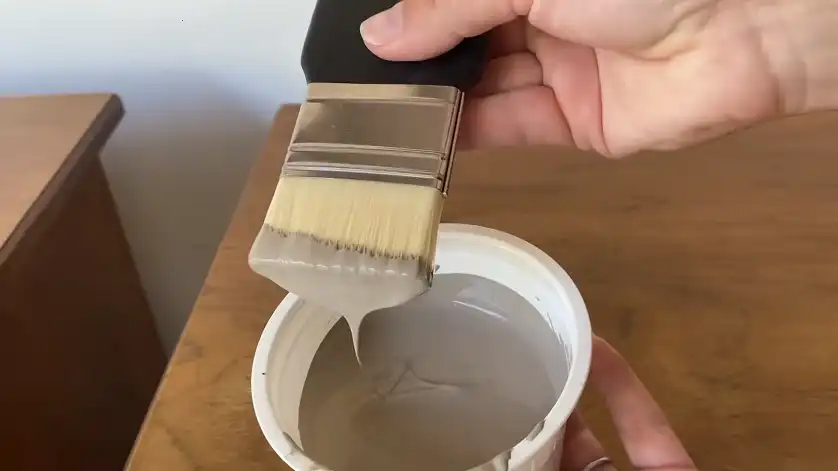
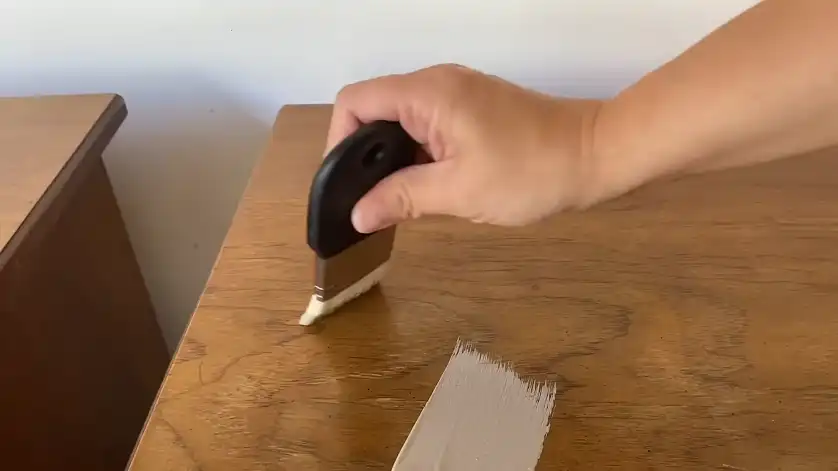
- Wipe Off Excess Stain: After allowing the stain to sit for a few minutes, wipe off any excess with a clean cloth. This helps create an even finish and prevents the stain from pooling or looking blotchy.
- Additional Coats: Depending on the desired color, you may need to apply additional coats. Allow each coat to dry fully before applying the next. This could take a few hours or overnight, depending on the stain and environmental conditions.
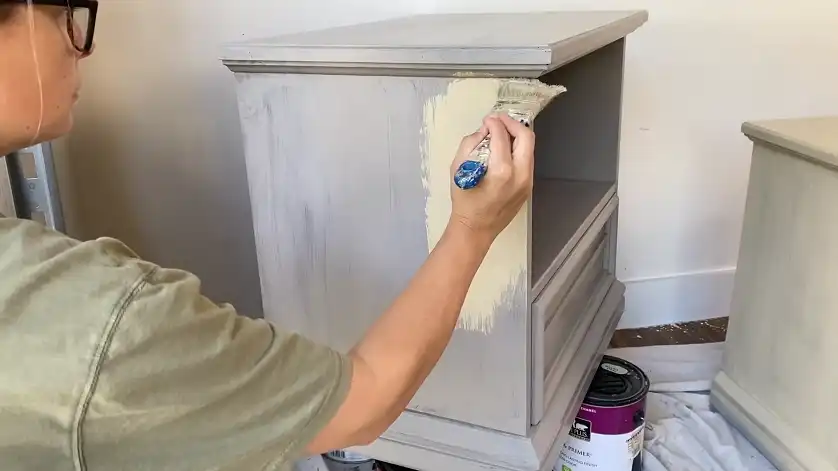
Step 3: Sealing the Stained Cabinets
Staining alone may not be enough to protect particle board cabinets. The porous nature of the material means it can absorb moisture and other elements over time, which could damage the cabinets. Applying a clear sealant or polyurethane topcoat after the stain has fully dried will help protect the surface.
Polyurethane is available in various finishes, including matte, satin, and gloss. Choose a finish that complements the look you’re going for. Apply the sealant with a clean brush, following the grain of the wood, and allow it to dry completely before reinstalling the cabinet doors and hardware.
How to Re-Stain a Particle Board Cabinet?
Re-staining particle board cabinets requires some additional care, as you’ll need to strip or remove the old finish before applying a new stain. Here’s how to approach re-staining step by step:
1. Remove the Existing Finish
If the cabinets were previously stained or sealed, you’ll need to strip away the old finish. Use a chemical paint stripper specifically designed for wood surfaces. Apply the stripper with a brush, following the manufacturer’s instructions, and allow it to sit until the old finish begins to soften.
Use a putty knife or scraper to carefully remove the old stain and finish. Be gentle to avoid damaging the particle board underneath.
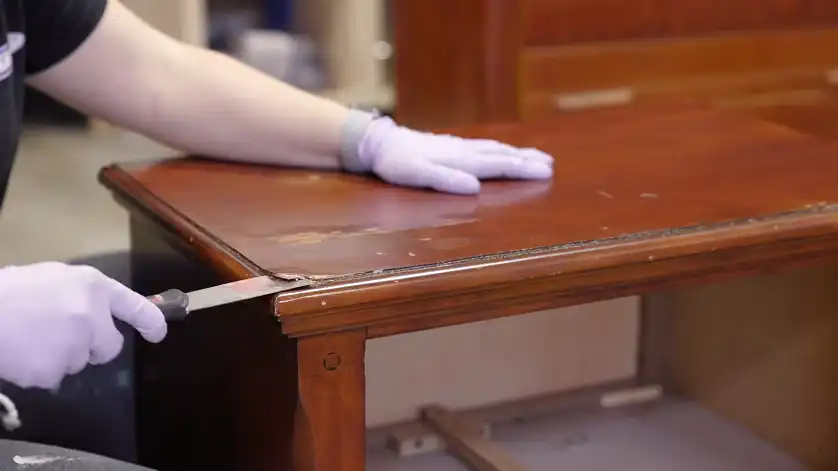
2. Sand the Surface
After stripping, lightly sand the surface using fine-grit sandpaper (180-220 grit) to smooth out any remaining finish and roughen the surface for the new stain. Sand evenly and be careful around edges and corners, as particle board can easily chip. Once done, wipe down the surface with a damp cloth to remove all dust.
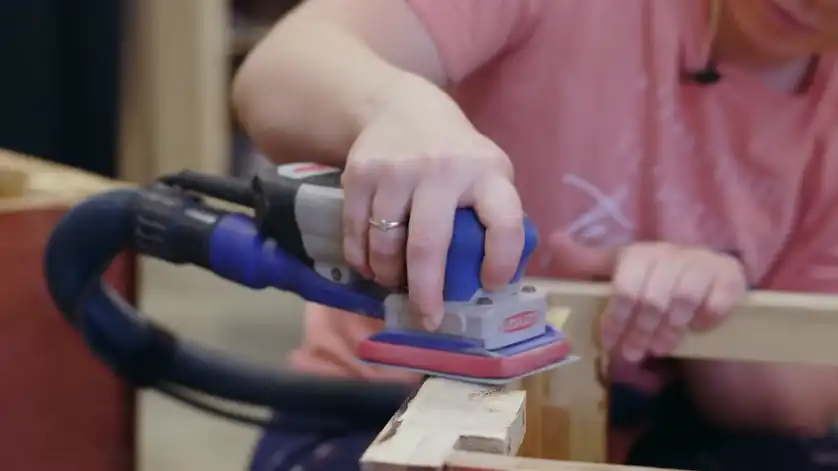
3. Apply Wood Conditioner (Optional)
Because particle board can absorb stain unevenly, you may want to apply a wood conditioner before staining. This helps create a more uniform surface, especially on re-stained cabinets. Let the conditioner soak in and dry according to the product instructions before moving on to staining.
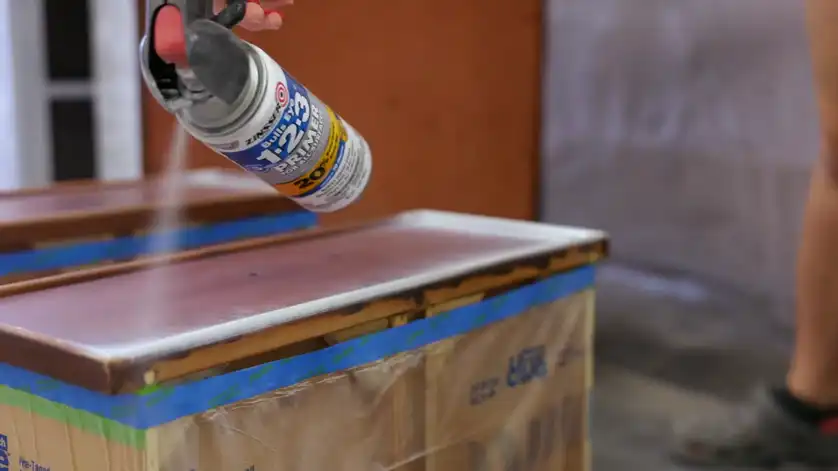
4. Re-Stain the Cabinets
Choose your stain—gel stains are particularly effective for particle board. Apply the stain using a foam brush or clean cloth, working in thin, even layers. Wipe away any excess after letting it sit for a few minutes, and repeat the process if necessary to build up the desired color.
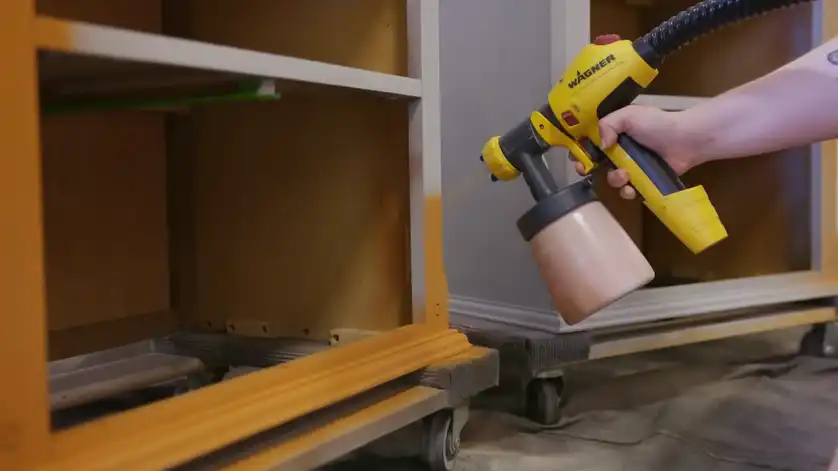
5. Seal the New Finish
Once the stain has dried, protect the new finish with a clear sealant like polyurethane. This will not only enhance the look of the stain but also protect the particle board from moisture and wear. Apply at least two coats of sealant, allowing each coat to dry fully before applying the next.
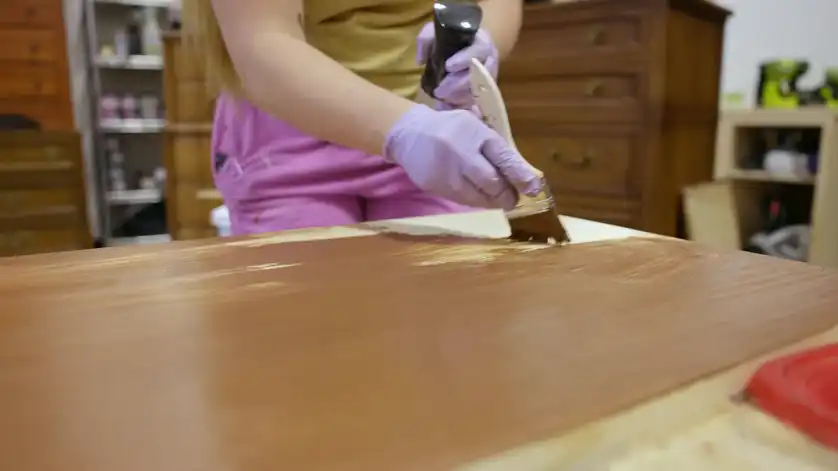
Re-staining particle board cabinets can refresh their look and prolong their lifespan, but it’s important to take your time with each step for the best results.
Alternatives to Staining Particle Board Cabinets
If staining seems like too much effort or you’re concerned about achieving a good finish, there are alternatives to staining particle board cabinets:
Replacing the Veneer: If the existing laminate or veneer is damaged, consider replacing it rather than staining the particle board underneath. New veneer sheets come in a variety of finishes and can provide a fresh look without the need for extensive refinishing.
Refacing: Cabinet refacing involves replacing just the cabinet doors and drawer fronts while keeping the existing cabinet boxes. This can give you the look of new cabinets without the cost and effort of a full renovation.
Is It OK to Paint Particle Board?
Particle board cabinets can be painted with less preparation compared to staining. You’ll still need to sand and clean the surface, but a good primer and paint can provide a smooth, durable finish.
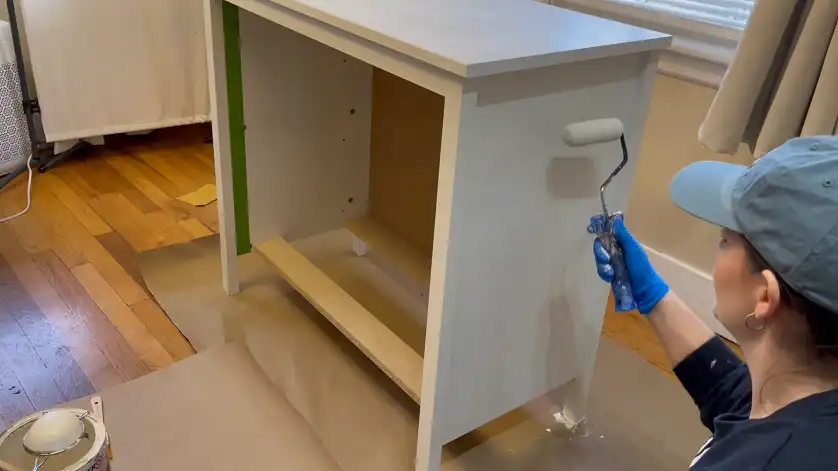
It’s best to use oil-based cabinet paint with a semi-gloss or gloss finish when painting particle board or MDF. Water-based paints should be avoided as they can cause particle board to swell.

Frequently Asked Questions
Can you stain particle board cabinets without sanding?
No, you cannot stain particle board cabinets without sanding. Sanding is crucial to create a smooth surface and ensure proper adhesion of the stain. Without sanding, the stain may not adhere evenly and the final finish may look uneven or blotchy.
Can you change the color of particle board?
Yes, you can change the color of particle board. Painting is a common method to alter the color of particle board. You can also use wood stains, though it’s important to note that particle board may not absorb stain as evenly as solid wood.
Conclusion
Staining particle board cabinets is doable, but it requires careful preparation and the right materials to achieve good results. Sanding, choosing a gel stain, and applying a protective sealant are key steps in ensuring the stain adheres well and lasts. If the process seems daunting or the cabinets are too damaged, alternative options like painting or refacing might be more practical solutions.

